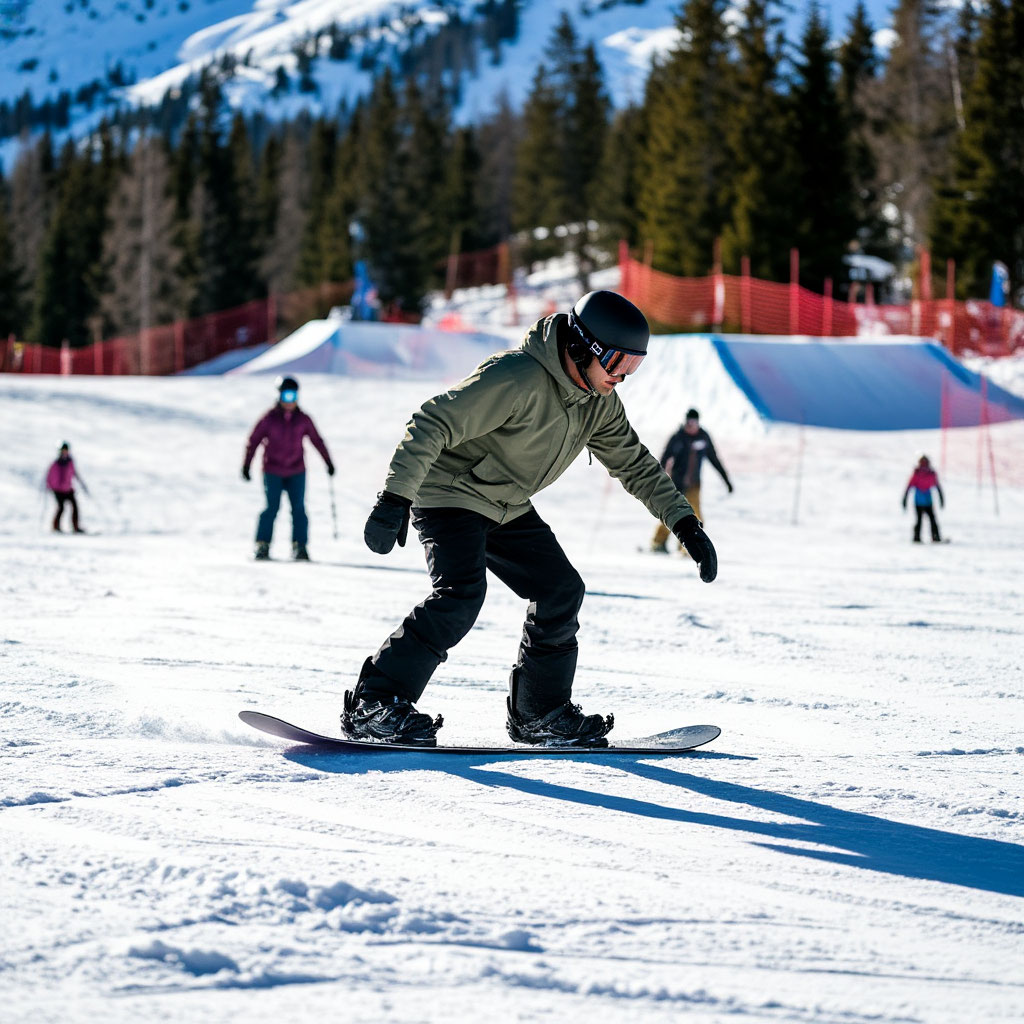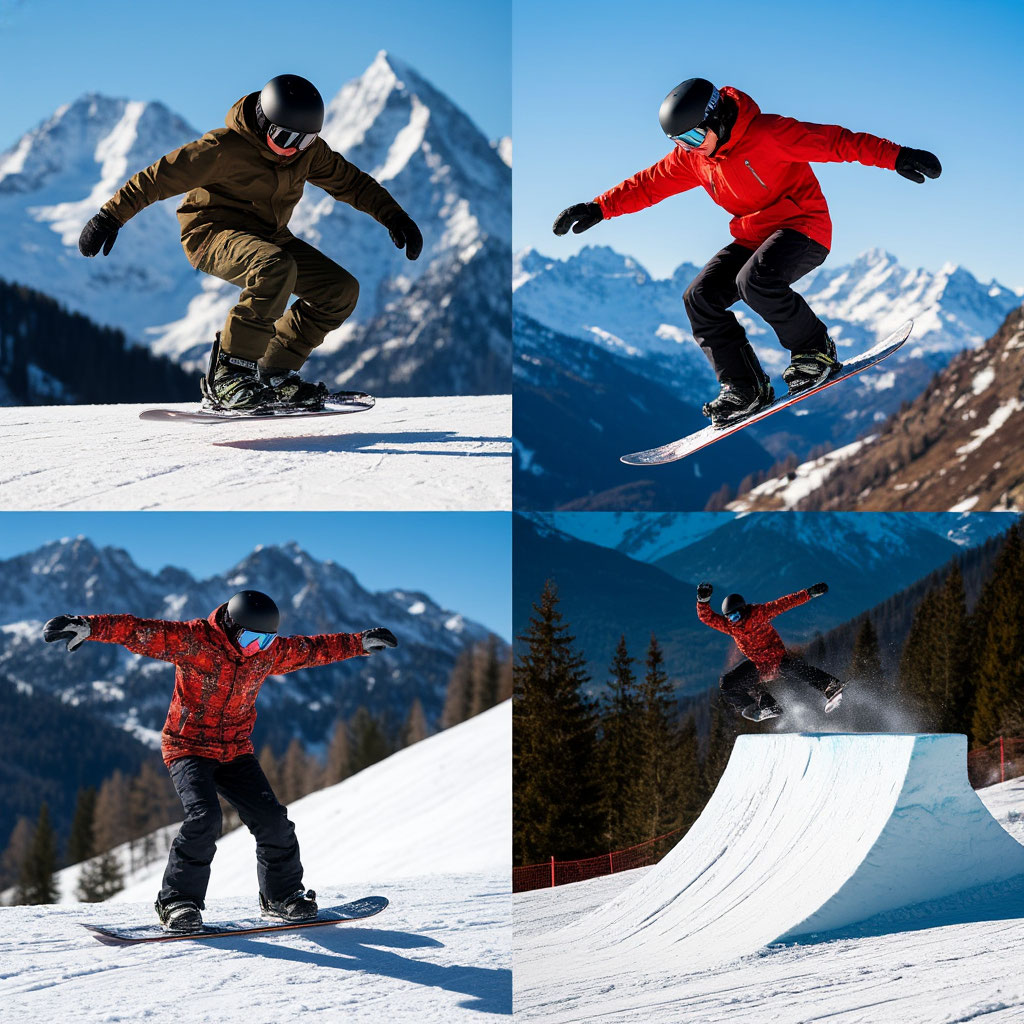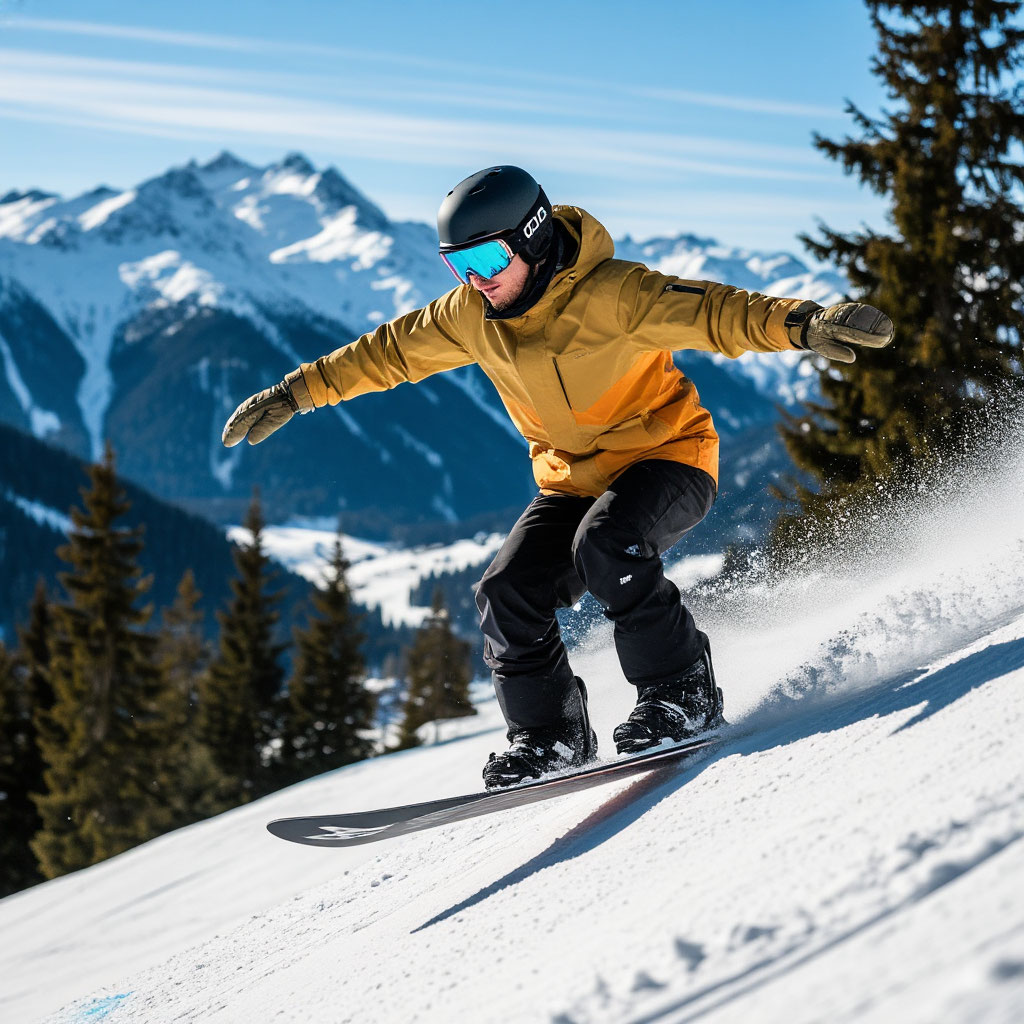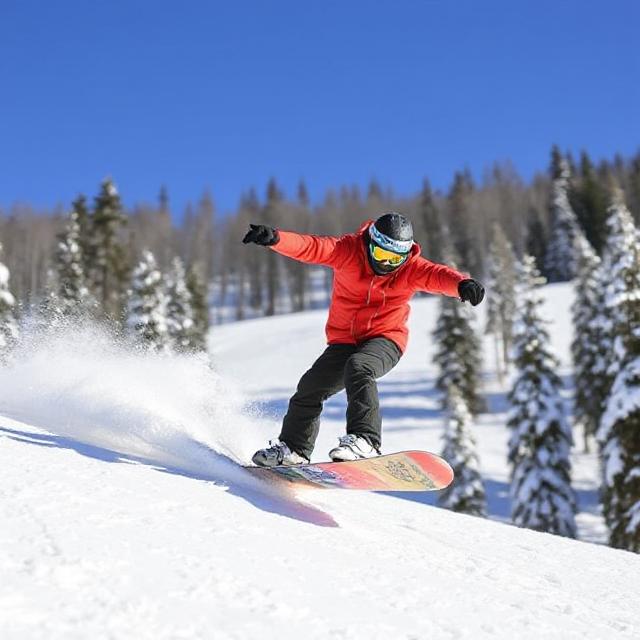Learning how to ride park on a snowboard is one of the most exciting parts of progressing your skills. The freedom, the creativity, the rush—it’s all there. But like anything worth doing, it takes time and a bit of know-how to get started right. Whether you’re just thinking about your first lap through the terrain park or you’re working on those first snowboard park tricks, this guide’s got you covered. We’ll talk setup, technique, tricks, and how to approach jumps safely without wrecking yourself. And if you’re looking for the best park snowboards for beginners, there’s good news—we’ll cover that, too.

Park Riding Basics: Your First Day in the Terrain Park
You’ve made it past the greens and blues, and now you’re eyeing the terrain park. It’s normal to feel a little nervous. The features might look massive, but don’t worry—you’re not expected to hit the big line on day one. What matters is getting comfortable and building good habits from the start.
Getting Mentally Ready
The mental game is half the battle. You don’t need to be fearless, but you do need to stay calm and focused. Treat every lap like practice, not a performance. It helps to ride with a buddy who’s also learning. That way, you can push each other, spot each other’s runs, and laugh off the bails.
Starting With the Right Terrain
Every park has a beginner area—use it. Small jumps, wide boxes, mellow rollers. They’re perfect for working on control. Cruise through it a few times without hitting anything. Watch how other riders move through features. You’ll start to see what works and what doesn’t.
Ollies First, Tricks Later
Before you even think about a rail or jump, learn to ollie. This move teaches board control and pop. Practice ollies on flat runs and side hits until you can get decent air without flailing. Once it starts to feel automatic, you’re ready to add style and turn those basic hops into actual tricks.

3 Beginner-Friendly Tricks to Start With
You don’t need a big bag of moves right away. Ollies, 50-50s, and straight airs are more than enough to build real progress. Mastering these early will pay off every time you ride park.
The Ollie
It looks easy, but it takes effort. Shift pressure onto your back foot, pop the tail hard, bring your knees up fast, and flatten out midair. When you land, flex your legs to take the hit. Locking this in will change how you ride everything.
The 50-50
Roll up to the feature head-on, stay square over your board, and bend those knees. Keep your eyes toward the end of the box, not your feet. Stay calm and let your board do the work. Boxes are wide and easy to learn on. Hit those first before rails.
The Straight Air
Find a mellow jump with a clean lip. Ride in at a smooth pace. Just before you leave the snow, push upward with both legs for some lift. Level out, spot your landing, and touch down by flexing through your legs. Stay loose and focused.
Beginner Trick Checklist:
- Ollie on flat ground and small side hits
- Ride a 50-50 on a short, wide box
- Land a straight air off a mellow jump
These three moves will unlock a ton of possibilities once you’re ready to level up.

How to Set Up Your Stance for Park Riding
Your board setup can make or break your park day. You want something that supports balance, pop, and switch riding. Dialing in your stance is a huge part of how to ride park on a snowboard smoothly.
Stance Width and Angles
Park riders often go a bit wider than their regular stance to help with stability on landings. Your knees should be slightly bent when standing naturally—no stress in the hips. A duck stance is the go-to: equal angles pointing outward, like +15/-15 or +12/-12. This helps with riding switch and spinning.
Bindings, Boots, and Board Flex
Medium-soft flex gives you forgiveness without turning your setup into a noodle. A softer boot helps with tweakability while still offering support. Keep bindings snug enough to hold your foot without over-cranking.
| Component | Recommended Setup |
|---|---|
| Stance Width | Shoulder-width or slightly wider |
| Binding Angles | Duck stance: +15/-15 or +12/-12 |
| Boot Flex | Medium-soft |
| Board Flex | Soft to medium |
| Binding Tightness | Secure but not restrictive |
The right stance helps you stay fluid and connected. It’s all about setting yourself up to ride smoother, spin cleaner, and recover faster.

Approaching Jumps: Speed Control and Landing
Knowing how to approach jumps safely is what separates clean riding from sketchy mishaps. It’s not about being fearless—it’s about being ready. When unsure, watch someone else take the jump first. Match their tempo. Note where they land.
Speed Management
Clearing the knuckle takes just enough momentum. Overshooting ruins the ride. Start small and learn what a good approach pace feels like. Commit once you’ve lined it up. Don’t hit the brakes at the lip—it kills energy and throws off your pop.
Takeoff Technique
Use your legs to press into the lip and spring upward. Imagine loading a trampoline. Compress as you go up the face, then release at the end. That little burst adds air and keeps your board under you.
Controlled Landings
Stay even in the air. Look down the hill, not at your board. Hold your arms steady. Touch down tail-first just slightly and let your knees act like shock absorbers. Riding out clean feels way better than throwing a wild grab and bailing.
Dialed-in jump technique means fewer falls, smoother style, and more control. It’s one of the biggest pieces of learning how to ride park on a snowboard effectively.
Best Park Snowboards for Beginners
Your board plays a big role in how confident you feel in the park. When looking for the best park snowboards for beginners, think soft flex, twin shape, and durable construction. A board that forgives mistakes and handles impact is worth every penny.
Twin shapes are symmetrical, so riding switch feels natural. That’s a must for park. Soft flex makes it easier to press and tweak, but it still needs pop. Look for boards with reinforced edges—they’ll stand up better to rails and hard landings.
Some solid beginner-friendly picks include the Burton Ripcord, Salomon Craft, and K2 Geometric. They all hit the sweet spot for flex, shape, and affordability. If you’re not sure where to start, these are easy choices that support learning how to ride park on a snowboard without making it harder than it has to be.
Riding park is one of the most fun parts of snowboarding, and it starts with getting the basics right. Learn how to ride park on a snowboard by focusing on stance, tricks, and safe jump technique. Nail the ollie, 50-50, and straight air. Pick a board that suits your style. Use a park stance setup guide to stay dialed in. And always remember how to approach jumps safely—because one clean landing beats ten sketchy ones.
Progress comes with time. Celebrate small wins. Respect the park. And keep showing up. That’s how confidence grows, and that’s how style is born.
Tags: Beginners, Snowboard, Techniques